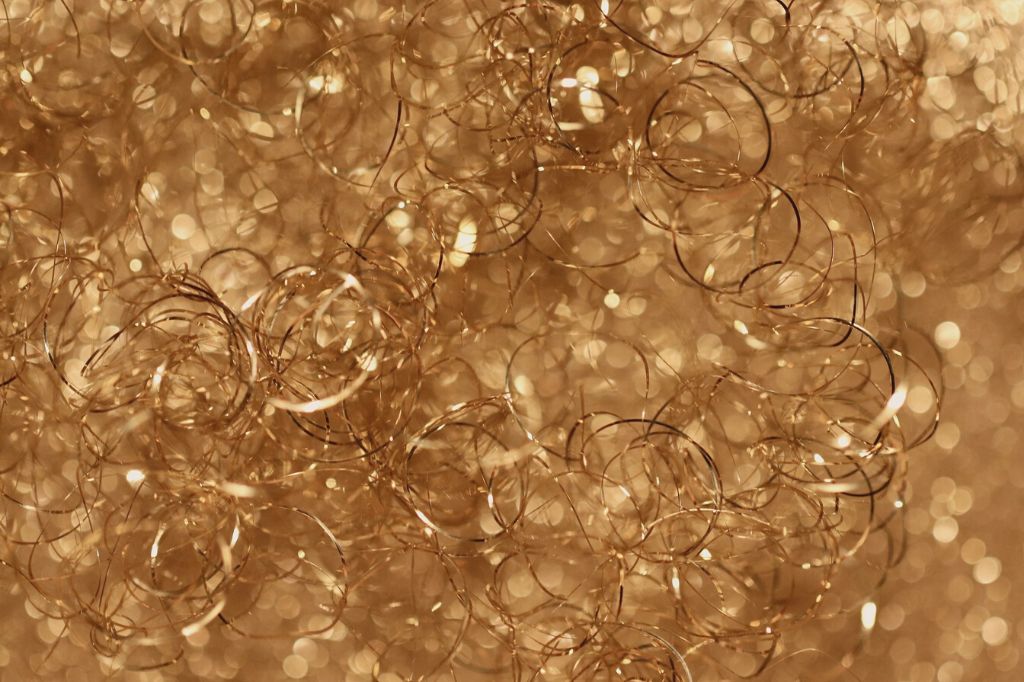Eight Things You Can Do in Your Yard!
Bees are an incredibly important part of the ecosystem and recently they’ve been on the decline. To help maintain your local bee population check out these simple ways to help bees at home.
1. Plant Bee-Friendly Flowers

Bees like a wide variety of flowers and don’t have a preference for color – no limiting your design choices on that account!
What determines a bee’s favorite flower is how long its tongue is. To accommodate different types of bees try planting flowers with lots of different shapes.
2. Bee Water Dish

Help hydrate the bees by setting out a shallow water dish with some bee-sized perches spread around in it.
You can get as fancy or as simple as you’d like with it – an upsidedown frisbee with a couple of rocks or a dedicated ceramic dish with rounded river pebbles!
The only thing you shouldn’t change is the water.
Bees do not need sugar water, keep it simple with plain ol’ water and leave the sweetness for the pollen.
3. Bee Hotels

As iconic as the bee hive is not all bees live in colonies! About 30% of bees in North America are solitary and prefer to nest in plant stems, woodpiles, or other woody crevices.
To help support bees in urban areas throughout the year you can build a bee hotel in your backyard to provide solitary bees with housing. Who knew the housing crisis extended to the bees!
Michigan State University made a great guide for how to build a bee hotel, so if you want to try building your own bee hotel you can find their guide here!
4. Buy Local Honey

If you have the option always go for local honey. Buying locally from farmers in your area helps to support your local economy and in this case your local bees too!
Local bees mean local pollen. If you have any issues with seasonal allergies then local honey may help your body to develop some immunity.
The science is out but if a tablespoon of honey a day is the price to pay for a placebo effect – that’s a cost I can live with.
5. Avoid Pesticides

Pesticides are not good for bugs, that’s not news. What you may not know is that even pesticides that claim to only affect one kind of insect tend to have consequences for the whole ecosystem.
Neonicotinoids in particular have gained popularity in the United States in the last few decades specifically because they are marketed as only affecting the bugs that are bad for crops.
Unfortunately, they are also having a devastating effect on the bee population. (Bees are very good for crops).
Bees, and other pollinators, are responsible for the fruiting ability of almost 90% of plant life. It’s no joke to say that bee health is vital to food security across the world.
Do what you can for the bees by keeping pesticides off your plants and out of your garden. You may be surprised what a variety of plants and a few good bugs can do for your yard!
6. Provide a wide variety of plants

Having a wide variety of plants helps ensure that the bees in your area have a varied diet and can eat all season long.
A mix of annuals, perennials, fruits, veggies, and ornamental plants will keep your bees happy and your garden looking lush all year!
7. Leave your dead plants alone over the winter

Bees overwinter in the stems of last season’s plants. Resist the urge to clean out your garden in the fall to provide them with cozy homes until the spring.
As a rule of thumb try not to start cleaning out the garden until after Mother’s Day – or after your local last frost date.
8. Avoid invasive plant species

Bees may not be picky about the color or shape of your flowers but they do prefer native to non-native plants. 4,000 species of bees are native to North America and they evolved in tandem with the native flora.
Keeping your plant choices at least mostly native will help to attract, and feed, the most bees. Bonus! Native plants are lower maintenance and flourish more easily than imported plants do.
You gotta love a tip that cuts down on your maintenance duties.
What do you think?
Are there any things on this list that you’re going to try in your garden? Or do you have some additional tips under your hat?
Comment below and let me know!
To find out more about some beneficial bugs check out my post 5 Bugs You Do Want








